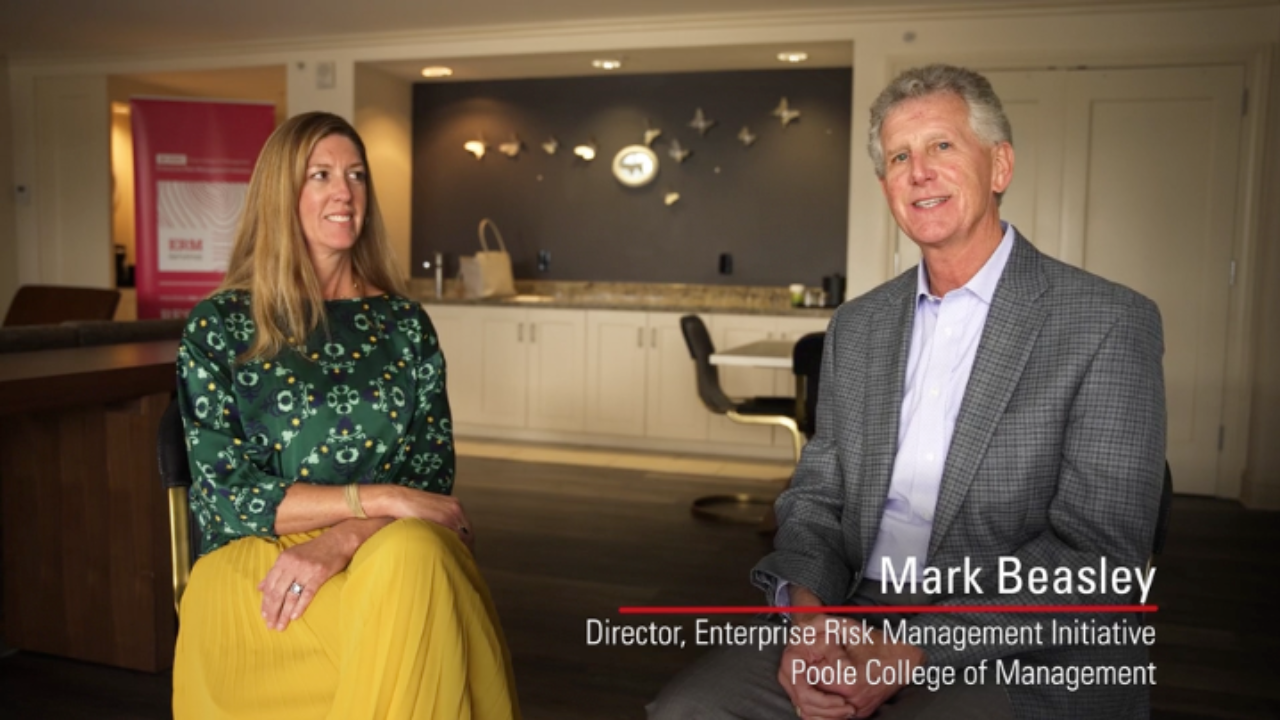Protecting Your Reputation in Today’s Social Media World
A December 2010 article in The Harvard Business Review highlights the growing importance of protecting corporate reputation in light of new social media outlets and the viral nature of the internet when bad news appears. Organizations now face huge challenges to managing their reputations in light of the new world with Twitter, Facebook, YouTube, and blogs. Critics and adversaries don’t need deep pockets and sophisticated resources to quickly impose harm on any organization.
This HBR article points out key areas that organizations should consider when they come under the attack of potentially damaging events surrounding their organization. The authors outline strategies that organizations should take to ensure that their reputation stays as strong as possible even in times of negativity surrounding an organization. If organizations fail to adapt to the realities of emerging social media outlets, they may be left behind in terms of reputation management.
Recent Examples of Social Media Hits to Reputation
The article illustrated several real-world examples of social media-gone-wild reputation nightmares affecting large organizations in recent years. When the explosion of the BP deepwater Horizon drilling platform occurred, a comedian created a Twitter account posing as an executive of BP who posted ridiculous statements about the spill. The comedian’s site actually garnered the attention of many more followers than the real BP twitter account covering the spill.
You may recall when Domino’s had a viral video leaked on YouTube that displayed an employee performing grotesque acts to the product being served. In this situation, if Domino’s management did not take extremely quick actions, their reputation damage could have dropped demand for their food products nationwide. Instead, the president of the U.S. division of Domino’s responded with a YouTube video of his own, apologizing to their customers and ensuring them that the issue would be handled appropriately. Even though Domino’s still managed to lose some profit share, taking these mitigation steps helped the company avoid having their reputation zapped completely.
One of the best examples of having the necessary credentials to back up your organization in a time of a reputation threat was how Target handled a situation that recently unfolded. Target, who has been known as an extreme supporter of a diverse workplace, came under fire last July when they decided to contribute some money to a very conservative politician in Minnesota. This politician was known for speaking against same sex marriages and this led to Target being seen by devoted, loyal Gay Lesbian Bisexual Transgender (GLBT) customers and employees as close-minded. Those followers posted on YouTube a video of their surprise protest inside a Target store. In this situation, Target’s CEO used the extensive amount of credentials that Target has acquired in terms of accolades won for being a diverse workplace for women and the GLBT community, which led to their reputation being protected rather than destroyed.
Key Strategies
- Management can fight back against new-media attacks. Some of the key strategies that the article laid out for organizations to take into consideration when trying to avoid reputation damage are:
- Avoid disproportionate shows of force – work behind the scenes
- Respond at a high speed with an advanced determined approach
- Empower your team to tell their side of the story
- Go rogue and embrace the new forms of media as part of your tactic
- Find understanding third parties to use as “force multipliers” to echo your message
- Have strong credentials for use in future battles
Original Article Source: “Reputation Warfare“, Harvard Business Review, December 2010
- Types:


